The workplace is changing, and your next teammate doesn’t need a coffee break. Agentic AI is here, bringing a new era of smart automation that works alongside you, not against you.
Think of it as your assistant on steroids. This isn’t just another tech buzzword. In 2025, these AI agents are transforming how we work by handling complex tasks, making decisions, and even collaborating with other AI teammates.
They’re like having a super-smart partner who never sleeps and learns from every interaction. The best part? Just like spreadsheets made accountants more valuable, agentic AI is making human expertise more important than ever. It’s not about replacement but empowerment. Ready to meet your new digital colleague?

Evolution of AI (2024-2025)

The transformation from generative AI to agentic AI marks a significant shift in artificial intelligence capabilities. While generative AI focuses on completing specific tasks based on explicit prompts, agentic AI operates on a goal-oriented framework, making autonomous decisions and engaging in complex problem-solving. The fundamental architecture combines large language models with causal reasoning and domain-specific knowledge, enabling these systems to understand not just patterns but also cause-and-effect relationships in their operational context.
The technical infrastructure of agentic AI incorporates multiple layers of processing capabilities. At its core, it utilizes foundation models enhanced with causal AI components that help understand mechanistic relationships between variables. These systems employ sophisticated knowledge graphs for semantic reasoning, allowing them to map relationships between entities and concepts within their operational domain. The integration of domain-specific models provides contextual understanding, enabling AI to operate effectively within particular industries or specialized fields.
Core Components of Agentic AI
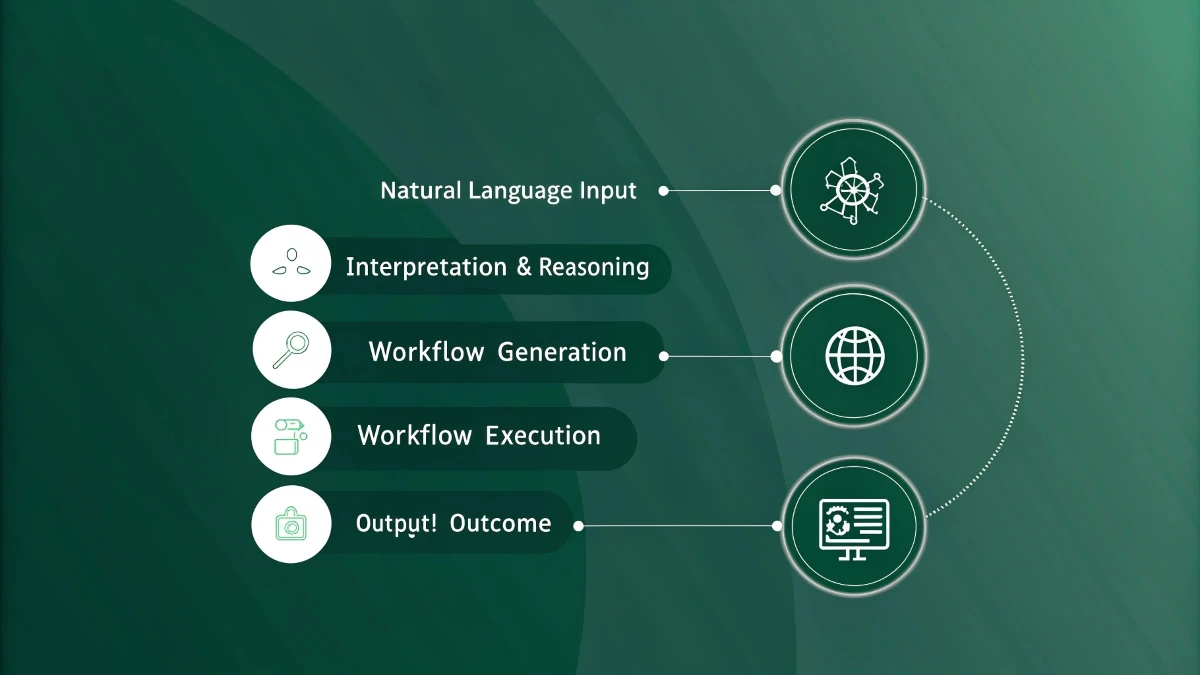
The architecture of agentic AI systems is built on three primary pillars: large language models (LLMs), causal AI frameworks, and domain-specific knowledge bases. LLMs provide the baseline natural language processing capabilities and general knowledge foundation. Causal AI frameworks incorporate a structured understanding of cause-and-effect relationships, enabling the system to reason about consequences and make informed decisions. Domain-specific models contain specialized knowledge and operational parameters relevant to particular industries or functions.
The technical implementation involves sophisticated integration layers that combine these components. The system employs advanced vector databases for efficient knowledge retrieval, graph neural networks for relationship mapping, and reinforcement learning mechanisms for continuous improvement.
Real-time processing capabilities are achieved through distributed computing architectures, allowing multiple agents to collaborate and share information efficiently. According to recent industry data, organizations implementing agentic AI systems have reported a 30% reduction in decision-making latency and a 45% improvement in process automation accuracy.
Implementation Challenges
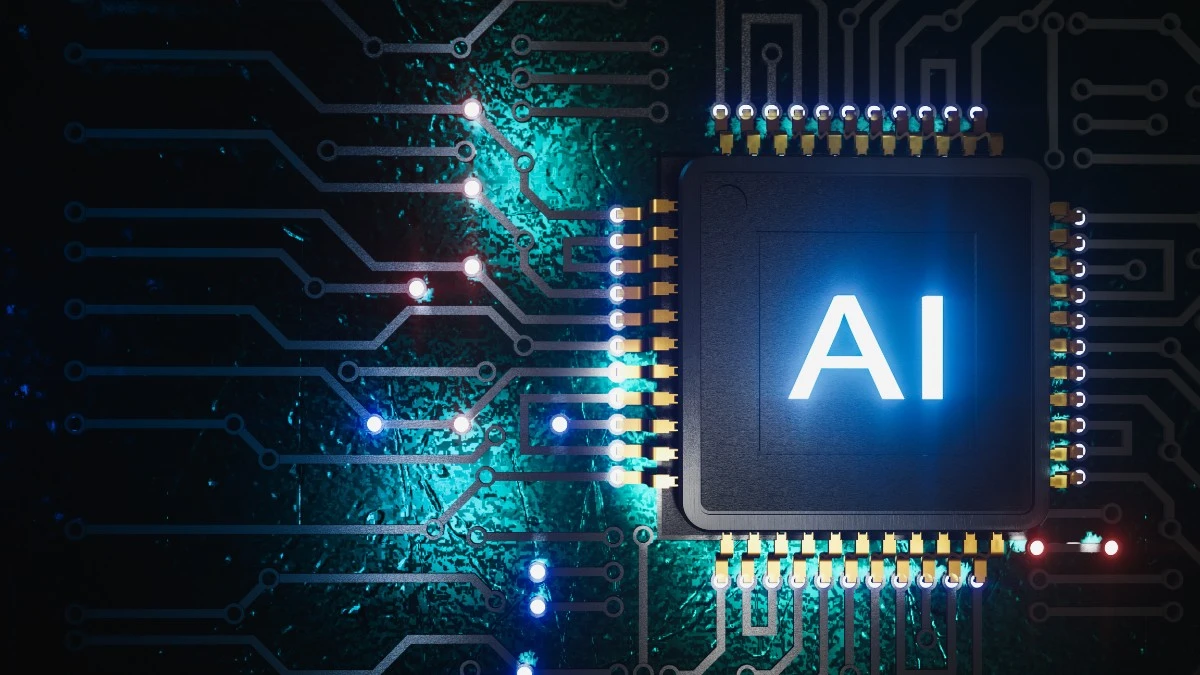
Deploying agentic AI systems presents several significant technical and organizational challenges. Data availability and quality remain fundamental prerequisites, requiring robust data governance frameworks and infrastructure. Organizations must ensure their data architecture can support real-time processing and analysis while maintaining data integrity and security. The technical infrastructure must be capable of handling complex integrations between various AI components while ensuring scalability and reliability.
The human-AI engagement layer presents unique challenges in interface design and interaction protocols. Systems must be designed with intuitive interfaces that facilitate effective collaboration between human workers and AI agents.
This includes developing appropriate feedback mechanisms, establishing clear communication channels, and implementing robust safety protocols. Change management strategies must address the transformation’s technical and cultural aspects, including workforce training, process redesign, and organizational alignment.
Business Impact and Applications
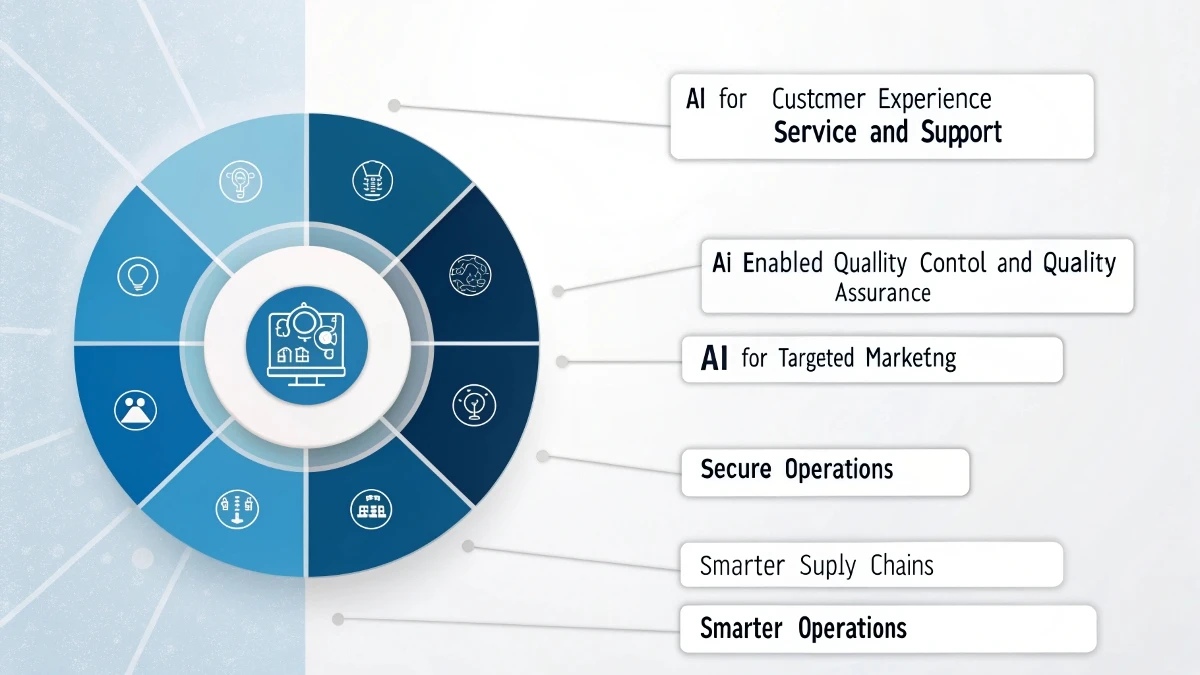
Agentic AI is revolutionizing business operations across multiple dimensions. In customer experience, agents autonomously handle complex interactions, personalize services, and proactively address customer needs. These systems analyze customer behavior patterns, predict requirements, and simultaneously orchestrate responses across multiple channels. The technical implementation involves sophisticated customer data platforms, real-time analytics engines, and adaptive response systems that continuously learn from interactions.
The operational efficiency gains are achieved through intelligent process automation and optimization. Agentic AI systems monitor and analyze operational metrics, identify bottlenecks, and implement improvements autonomously.
The technical architecture includes process mining capabilities, predictive analytics engines, and automated workflow management systems. These systems integrate with existing enterprise applications through APIs and custom connectors, enabling seamless data flow and process coordination across the organization.
RELATED:
The 5 Groundbreaking AI Breakthroughs You Can’t Afford to Miss This Year – Don’t Get Left Behind!
Future Workplace Integration
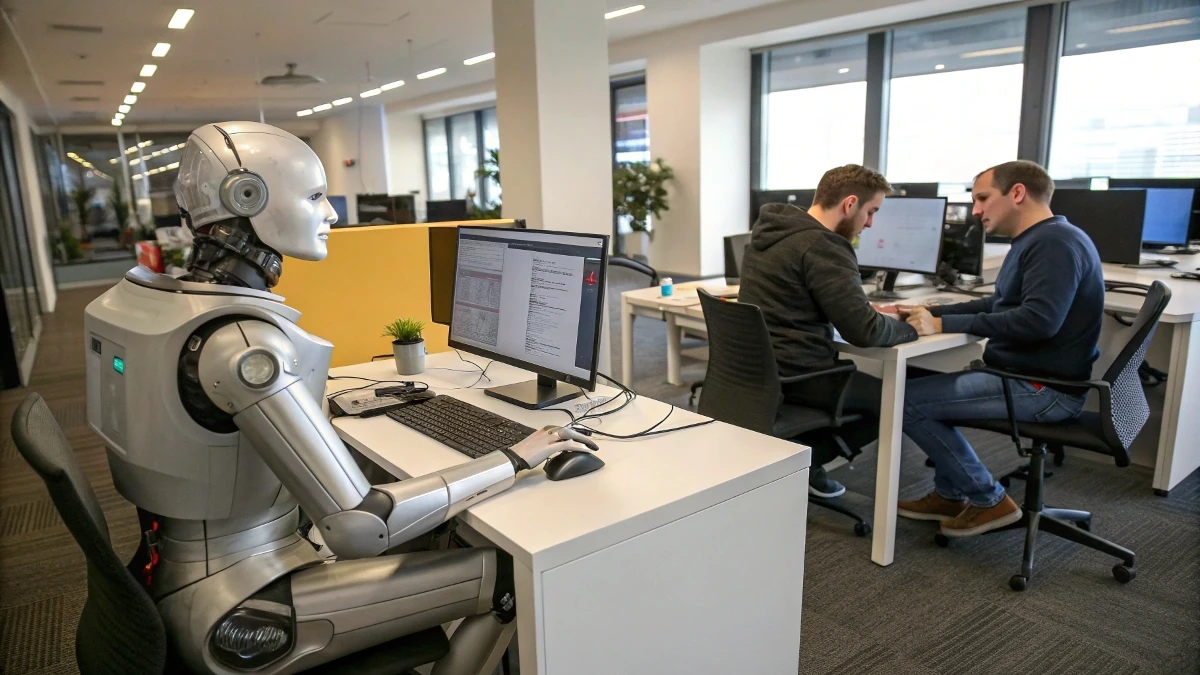
The integration of agentic AI into the workplace represents a fundamental shift in how work is performed and organized. These systems function as collaborative partners rather than replacements, augmenting human capabilities across various roles and functions.
The relationship mirrors the historical impact of spreadsheet software on accounting, where technology enhanced rather than replaced human expertise. Workplace integration occurs through multiple layers, starting with basic task automation and progressing to complex decision support and strategic planning assistance.
The technical framework for workplace integration relies on sophisticated orchestration systems. These systems manage the interaction between human workers and AI agents through configurable workflows and intelligent routing mechanisms. The architecture incorporates real-time monitoring capabilities, performance analytics, and adaptive learning systems that continuously optimize the human-AI collaboration.
Natural language processing components enable intuitive communication between workers and agents, while semantic understanding ensures contextually appropriate responses and actions.
Technical Architecture
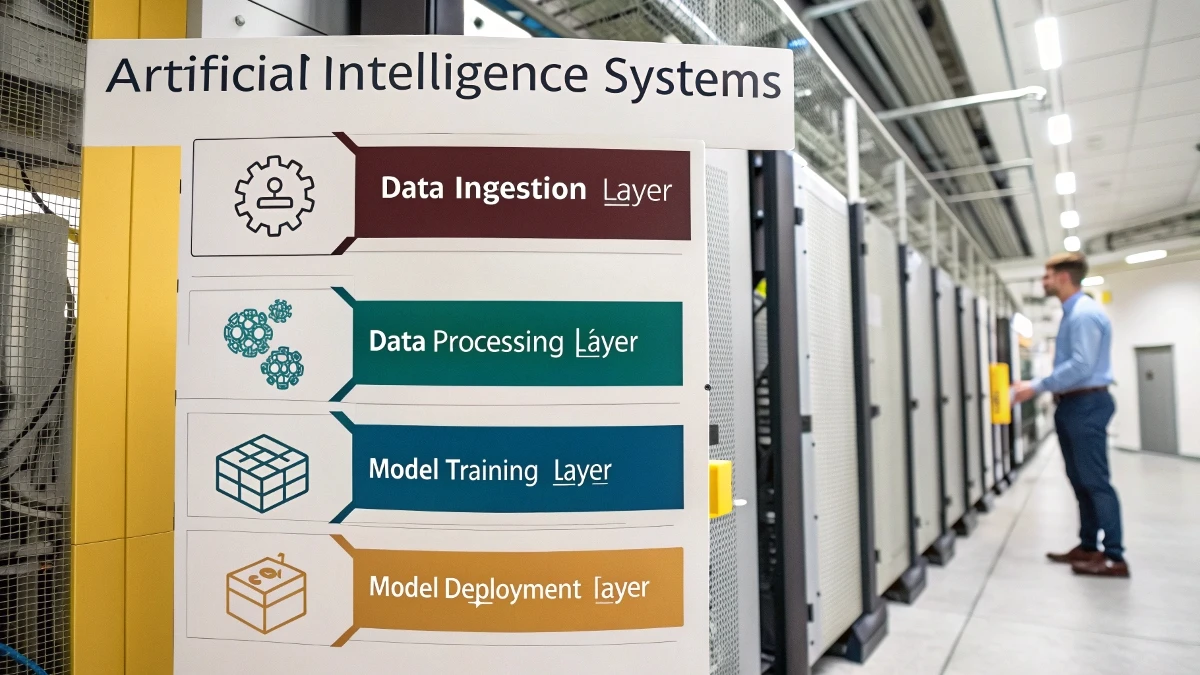
The agent-oriented architecture represents a paradigm shift in system design, moving away from traditional monolithic structures toward distributed, autonomous components. Each agent operates as an independent entity with specific capabilities and objectives while maintaining the ability to collaborate with other agents and human workers.
The technical implementation involves microservices architecture, event-driven communication patterns, and sophisticated state management systems. The infrastructure supports dynamic scaling, fault tolerance, and real-time adaptation to changing conditions.
Multi-agent collaboration is facilitated through advanced orchestration layers that manage agent interactions, resource allocation, and task coordination. The system employs semantic protocols for inter-agent communication, allowing agents to share context, negotiate resources, and coordinate actions effectively.
Data mesh architecture enables decentralized data access and processing, with each domain maintaining ownership of its data while providing standardized interfaces for cross-domain collaboration. This architecture supports vertical scaling for increased processing capacity and horizontal scaling for expanded functionality.
RELATED:
Why Your Next Favorite Influencer Might Be an AI – Are Virtual Stars the Future of Marketing?
Industry Adoption
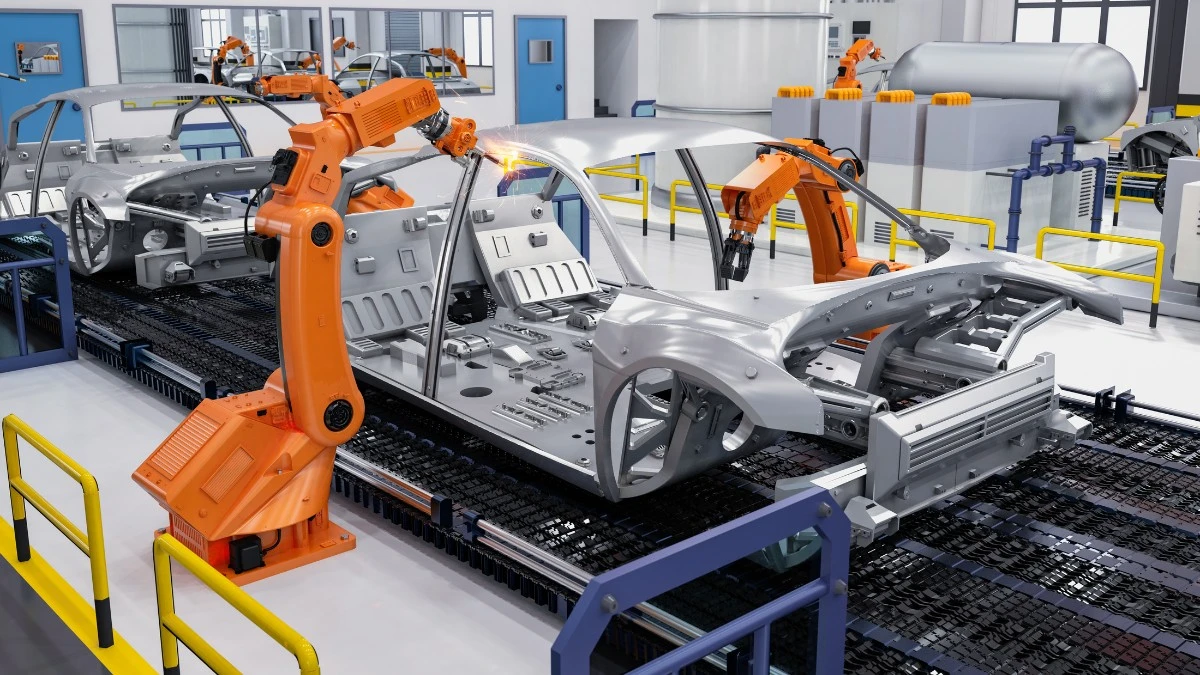
Industry adoption of agentic AI follows sector-specific patterns, with early finance, healthcare, and manufacturing adopters leading. Vertical solutions are tailored to industry-specific workflows, compliance requirements, and operational constraints.
The technical implementation involves customized agent configurations, specialized knowledge bases, and industry-specific integration patterns. Organizations develop implementation roadmaps for their unique technical infrastructure, data architecture, and operational requirements.
The scalability considerations in industry adoption encompass both technical and organizational dimensions. Technical scalability involves infrastructure capacity planning, performance optimization, and resource management strategies. Organizational scalability addresses workflow redesign, skill development, and change management processes.
The implementation approach typically follows a phased rollout, starting with pilot programs in specific departments or processes before expanding across the organization. Success metrics include process efficiency improvements, error reduction rates, and user adoption levels. Recent data shows that early adopters of agentic AI in the manufacturing sector have achieved a 40% reduction in quality control processing time while maintaining 99.9% accuracy rates.
RELATED:
Open-Source AI vs. Big Tech: Who Will Dominate in 2025 and Why? – And What Does It Mean for You?
Tired of 9-5 Grind? This Program Could Be Turning Point For Your Financial FREEDOM.

This AI side hustle is specially curated for part-time hustlers and full-time entrepreneurs – you literally need PINTEREST + Canva + ChatGPT to make an extra $5K to $10K monthly with 4-6 hours of weekly work. It’s the most powerful system that’s working right now. This program comes with 3-months of 1:1 Support so there is almost 0.034% chances of failure! START YOUR JOURNEY NOW!

